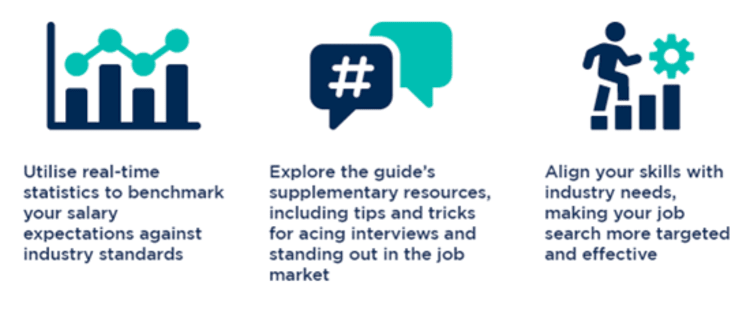We are thrilled to announce that PERSOLKELLY and Programmed New Zealand, has officially been certified by Toitū – New Zealand’s Carbon Certification body for the prestigious Carbon Reduce certification. This achievement is a testament to our strong commitment to sustainability and environmental stewardship, as well as our determination to achieve our Carbon Zero 2030 objectives.
Certification as a Commitment to Sustainability
Programmed’s Toitū Envirocare Carbon Reduce certification showcases our responsible business practices and demonstrates our dedication to reducing carbon emissions. By obtaining this certification, we aim to lead the way in meeting growing market expectations regarding ESG and sustainability.
What Does Toitū Carbon Reduce Certification Mean?
Toitū is a renowned carbon certification body that offers three types of carbon certifications:
- Toitū carbon reduce certification: Which we have proudly achieved, measures greenhouse gas emissions and implements strategies to manage and reduce their impacts. Compliant with ISO 14064-1 or ISO 14067, it enables us to confidently make carbon claims in any market. We undergo annual independent verification to maintain our certification and demonstrate ongoing carbon reduction efforts.
- Toitū net carbon zero certification: Certification in accordance with ISO 14064-1 or ISO 14067, to net zero.
- Toitū climate positive certification: Certification for organisations who go beyond carbon neutrality to make a positive carbon impact.
A Special Acknowledgment
We extend a heartfelt congratulations to Paul Sacree, Jay Ferguson, the NZ HSE, and Operations teams for their unwavering dedication in obtaining this certification. Their hard work and commitment have brought us to this significant milestone, and we are proud of their achievements.
Continuing Our Sustainable Journey
This certification is not the end of our journey; it is just the beginning. We recognise the importance of continuous efforts to reduce our carbon footprint and drive positive change. Together, we will actively play a role in creating a greener, more sustainable future for all of us.
Let’s delve into the significance of this certification and celebrate the efforts of our exceptional team.

